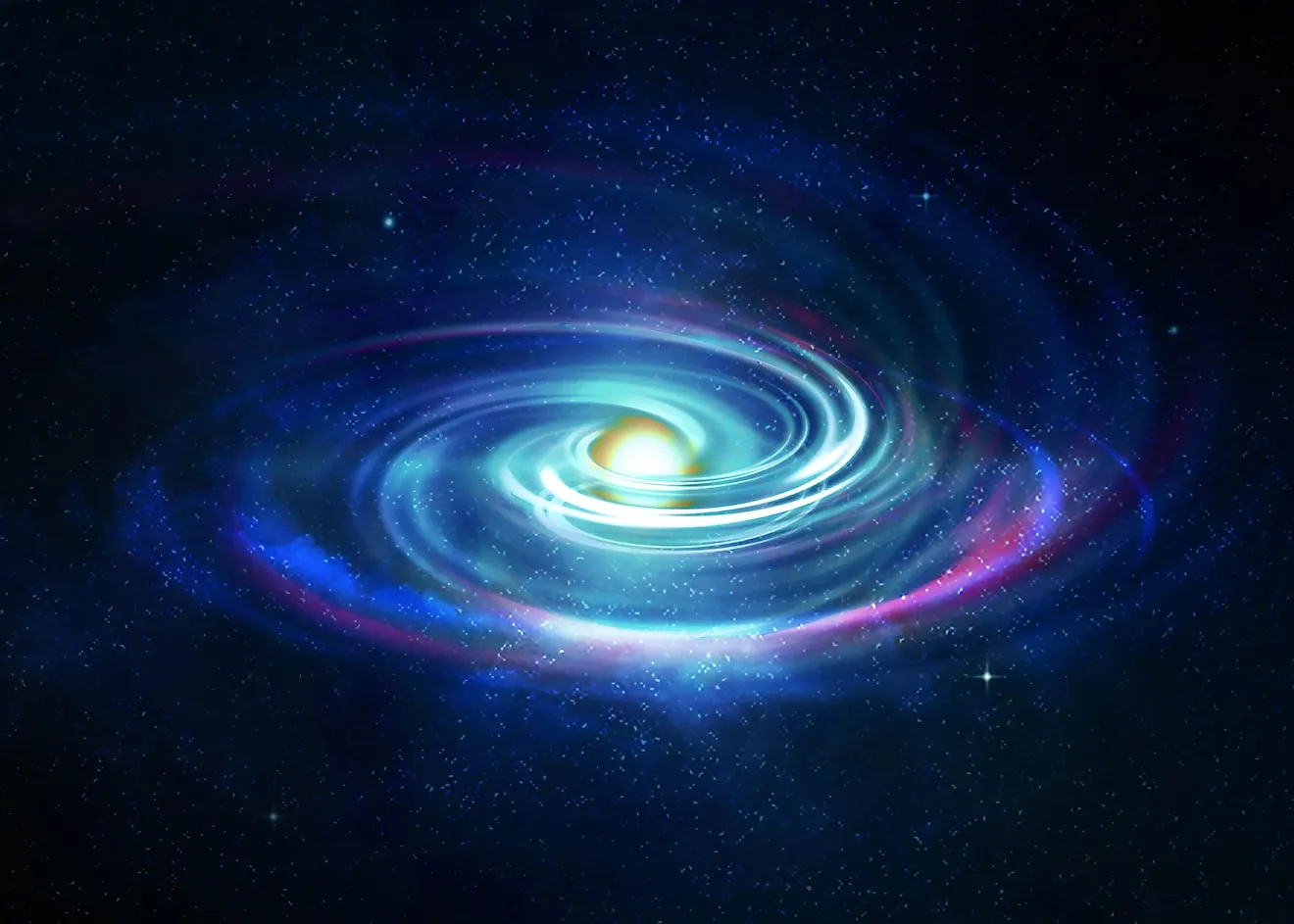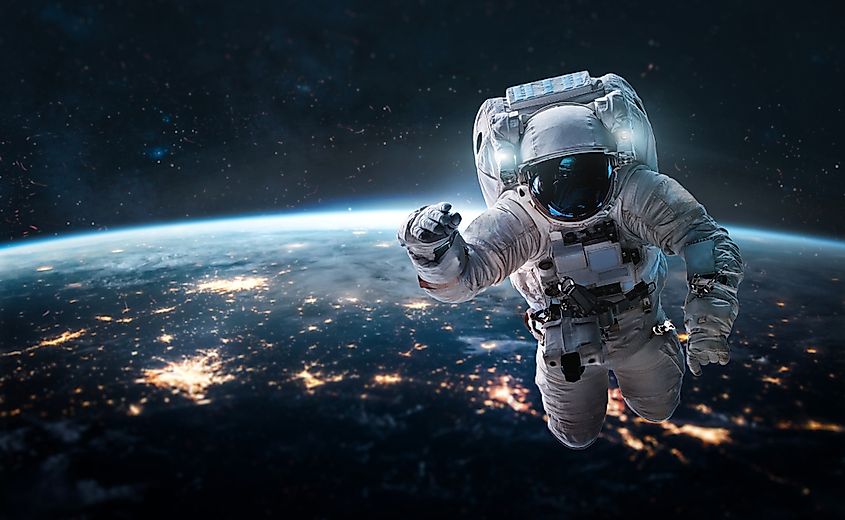What Is The Big Bang?

The Big Bang is a theoretical model that explains how and when our universe started. As the name suggests, our universe was born with a bang, though the more appropriate term would be the "big stretch," because it expanded, more than it did explode.
State of Singularity
Approximately 13.8 billion years ago, an event that we refer to now as the Big Bang occurred. Before that, the universe was "just" a singularity, meaning that everything came from a single point in which an infinite concentration of energy was contained. That state was characterized by very high temperatures and density, after which it suddenly and rapidly expanded. So, based on the Big Bang model, our universe came from a so-called primordial state, where everything was compressed into a single point.
This way of thinking about how our universe came to life, was first suggested back in the 1920s by Georges Lemaître, who was a Belgian astronomer. Lemaître proposed that our universe started from a single point and that it is, in fact, still expanding. This theory was further developed just two years later when another famous astronomer called Edwin Hubble. While observing distant galaxies with a telescope, Hubble noticed that the bigger galaxies were moving away from us, which goes in hand with Lemaître's theory of expansion.
State of Relativity

If we skip forward a few years, the Big Bang model holds its scientific validity based on two assumptions. The first one is derived from Einstein's general theory of relativity, which offers arguments that explain how all matter in space interacts with the help of gravity. The other assumption is called the cosmological principle, which suggests that the observation of the universe does not depend on one's direction or location. The implications of these two assumptions lead us thinking that space actually has no edge and that the Big Bang did not happen at a specific place, but it spread throughout the space at the same time. So, what happened during that expansion?
Universe Born
Once the universe started to expand quickly, it saw a massive decrease in both temperature and density. Very shortly after that, the matter became dominant over antimatter, and within just a few seconds, the temperature was low enough, which allowed for the creation of first cells and nuclei. During that short period, a definite amount of lithium, helium, and hydrogen was created. Around 1 million years later, the universe dropped its temperature even more, and in that scenario, first atoms could be created. In those circumstances, the radiation was free to travel around the universe freely. That primordial type of radiation is known as the cosmic microwave background radiation, first discovered in 1965 by Penzias and Wilson, both American physicists.











